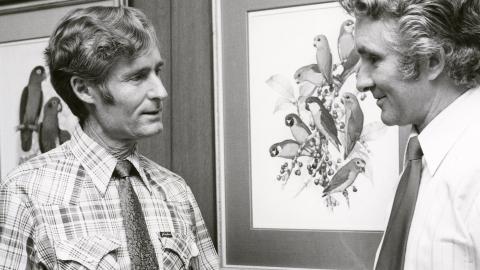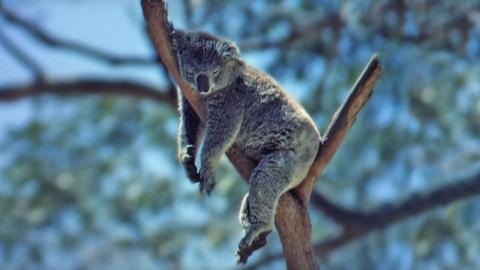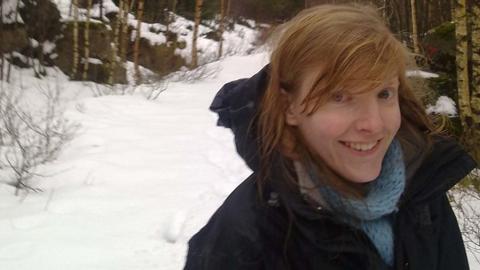
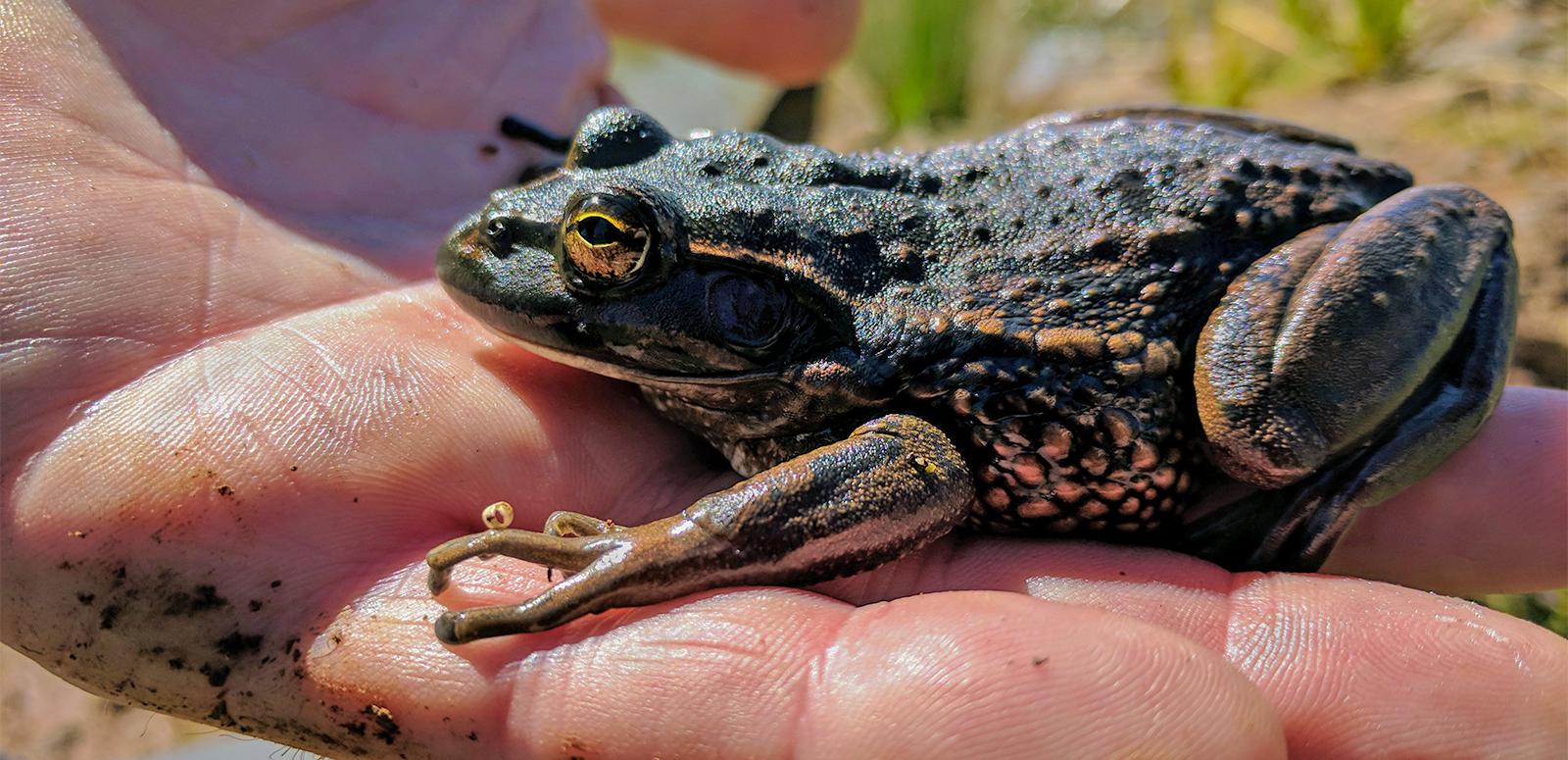
Protecting wildlife through sound
Australia has fostered generations of researchers, academics and passionate enthusiasts alike that seek to document, protect and preserve our wildlife wonderland. As a Sound Archivist and Curator, I have a specific interest in collecting the field recordings of these individuals.
Where else in the world?
Having spent my childhood growing up on a small country property, I began developing a healthy appreciation of Australia’s natural wildlife and bushland from a young age. It wasn’t until years later as an adult, having travelled overseas, that I realised my love of our wild continent and just how unique that country is.
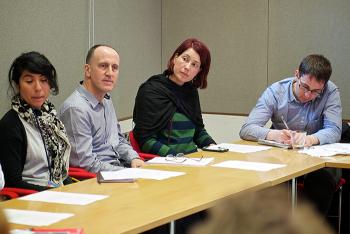
I have no memory of hearing birds in the rural townships of Germany. I do remember hearing birds on the north-east coastline of the United Kingdom but they sounded very different and there just didn’t seem to be that great a variety. I tried going for a 'bush walk' in the French countryside only to be told by my sympathetic host that I would not find anywhere that was 'not developed', as per the bushland in Australia.
As a remote island, Australia presents birds, beasts, critters and habitats like nowhere else. More than 90% of our reptiles, frogs and plants are endemic. For our mammals – such as kangaroos, koalas and wallabies – that number is just under 90%.
Quite literally, there is no where else in the world like Australia.
Mark Franklin – The Oceania Project
An accomplished recording engineer, Mark Franklin’s focus turned to underwater whale recordings in 1992. His parents are marine scientists Trish and Wally Franklin, founders of the Oceania Project (1988), a not-for-profit research organisation dedicated to the conservation and protection of whales, dolphins and their habitats. This playlist presents two whale recordings acoustically treated and a single unprocessed original recording of Australia’s great white whale, Migaloo.
Vicki Powys – Capertee Valley
Vicki Powys has been recording and writing on the topic of Australian birdsong since the early 1980s. For many years she was the editor of the Australian Wildlife Sound Recording Group journal and in 2014, her Dingo recording was inducted into the NFSA's Sounds of Australia. She has carried out extensive private studies on Stereo recording configurations via her own DIY setups.
Capertee Valley is where Powys and a number of native Australian birds call home. Within its safety you’ll find one of only three remaining breeding grounds for the critically endangered regent honeyeater, whose birdsong in this playlist is from the mid 1990s and one that is no longer sung. Other recordings include general atmosphere in build-up to a storm, with rolling thunder and a sense of imminent downpour from the skies.
Brendan John Casey – Growling Grass Frogs in Melbourne Industry
Casey is a research student at the RMIT School of Science. His bioacoustics monitoring has entailed week-long field recordings that are automated so as to capture the first ten minutes of every hour. Their location has been North Melbourne, at habitats on the edge of industrial developments, where residing wildlife and their homes are under threat from urbanisation.
The growling grass (or southern bell) frog is listed as a vulnerable species with its greatest threat being habitat loss and degradation. Casey was delighted to have found this colony amongst industry development but is understandably concerned about its survival. This playlist presents the sounds captured by Casey that illustrate the hypnotic calls of the frogs, interwoven with the sounds of urban industry, as it encroaches on their habitat.
More information
Researchers working with field recordings who would like to discuss the possibility of adding their work to the NFSA are welcome to contact Tessa Elieff.
For more information please explore the websites for The Oceania Project and Vicki Powys.
Main image: growling grass frog, taken during Brendan J Casey's bioacoustic monitoring of frogs in Somerton, Victoria in November 2017. NFSA title: 1526712
The National Film and Sound Archive of Australia acknowledges Australia’s Aboriginal and Torres Strait Islander peoples as the Traditional Custodians of the land on which we work and live and gives respect to their Elders both past and present.
